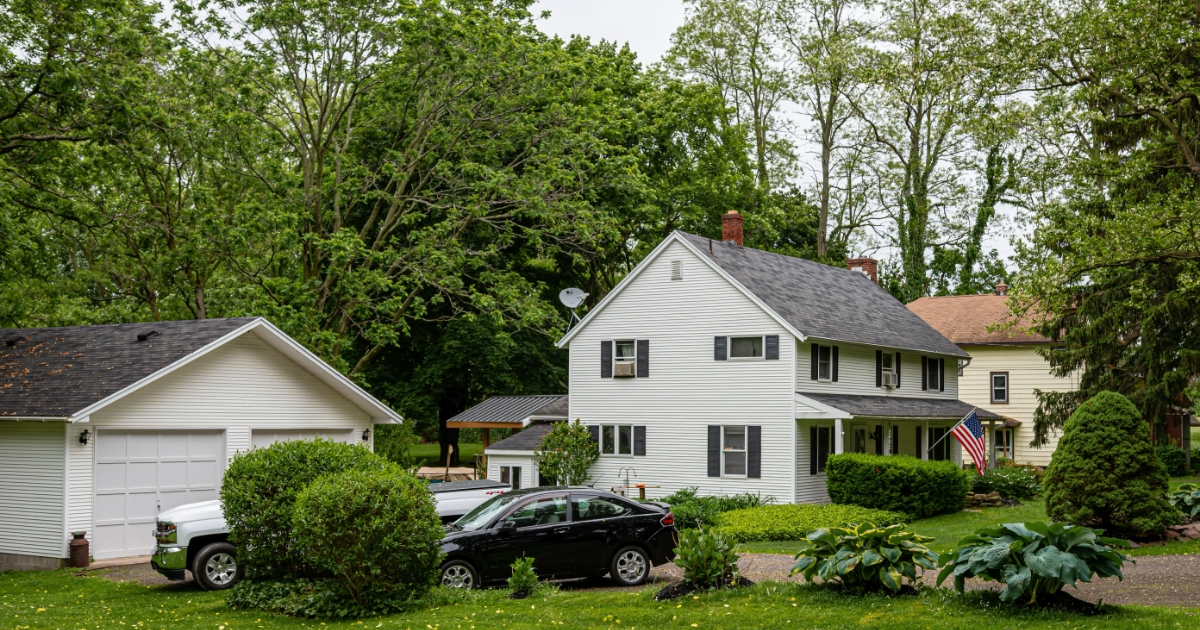If you’re tired of climbing ladders to clear out your gutters or worried about water damage from clogs, gutter guards might be the solution you’ve been searching for! At Clear Cut Gutters, we often help homeowners in Pittsburg, KS, and Joplin, MO, choose the right gutter guard for their home. Let’s break down the most common types, so you can make an informed choice.
1. Micro-Mesh Gutter Guards
Micro-mesh guards are made from fine stainless steel or aluminum mesh. They’re designed to keep out even the tiniest debris, like pine needles and shingle grit, while still letting rainwater flow through. These are especially popular for homes surrounded by lots of trees or for those who want the lowest maintenance option. Micro-mesh guards are durable and highly effective, though they often require professional installation.
2. Screen Gutter Guards
Screen guards are one of the most common and affordable options. They’re made from metal or plastic with small holes that block leaves and larger debris. Screen guards are easy to install and work well in areas with moderate leaf fall. However, smaller debris can sometimes slip through, so they may need occasional cleaning.
3. Brush Gutter Guards
Brush gutter guards resemble large pipe cleaners. They sit directly inside your gutter, with bristles that catch leaves and debris while allowing water to flow. Brush guards are simple to install and budget-friendly, making them a popular DIY choice. Keep in mind, however, that small debris can become trapped in the bristles and may require regular maintenance.
4. Foam Gutter Guards
Foam guards are made from porous foam that fits snugly inside your gutters. Water passes through the foam, but leaves and debris stay out. These guards are very easy to install and are a cost-effective option. However, they can break down over time and may not be the best choice if your gutters experience frequent heavy rain or debris.
5. Reverse-Curve (Surface Tension) Gutter Guards
Reverse-curve guards use a clever design: water follows the curve into the gutter, while leaves and debris slide right off the edge. These guards are typically installed under the first row of shingles and are effective in keeping out large debris. They’re low-maintenance and blend in nicely with your roofline, but they tend to be more expensive and are best installed by a professional.
6. Solid PVC Covers
Solid PVC covers snap onto your gutters, blocking debris while allowing water to pass through slots or channels. These covers are durable and mildew-resistant, making them a suitable option for homes in areas with high rainfall. Installation can be tricky, so many homeowners choose to have them professionally installed.
Which Gutter Guard Is Right for You?
Choosing the right gutter guard depends on your home’s specific needs, your budget, and the level of maintenance you're willing to undertake. If you have lots of pine needles or small debris, micro-mesh guards are a top choice. For mainly large leaves, screen or brush guards might do the trick. Foam and brush guards are great for DIYers, while reverse-curve and solid covers offer long-term, low-maintenance protection.
Regardless of your choice, installing gutter guards is a smart way to protect your home, reduce cleaning time, and prevent costly water damage.
Need Professional Gutter Guard Installation?
The Gutter Brothers at Clear Cut Gutters serve the southeast Kansas and southwest Missouri areas. We would love to install gutter guards on your home to give you the peace of mind that comes with a secure drainage system.
